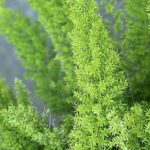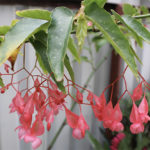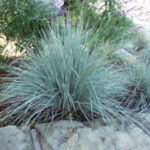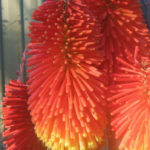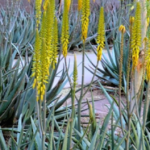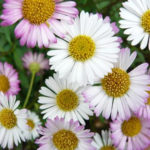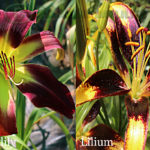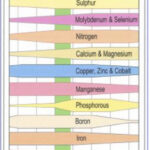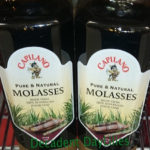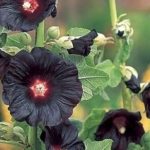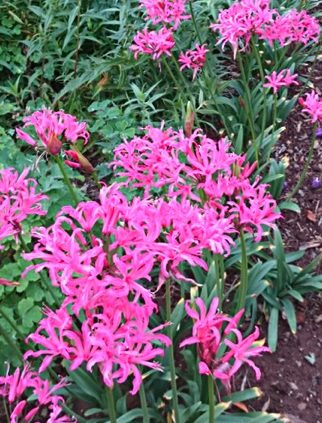
Nerines Flower Bulbs Care
Nerines: About Guernsey lily or The Bowden lily Flowers
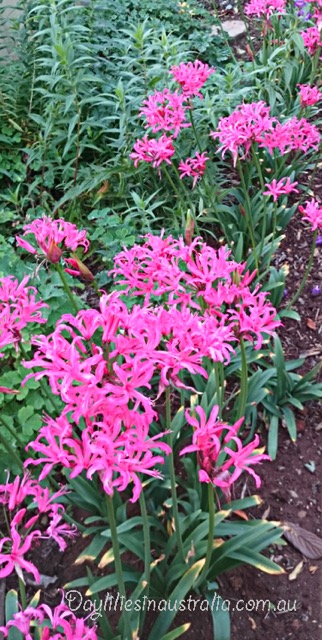 Nerines are popular bulbs grown in many house yards across Australia. They are well suited to the Australian climate by surviving the harshest winter weather conditions. This means that nerines are frost hardy, tough, easy to care for as long as you give them the right cultural requirements. In Australia, these flowering plants are trouble free and will certainly cheer up a cold rainy day. The rules of growing Nerines are they need to be watered during their growing period of autumn and winter and kept perfectly dry during the summer months. Nerines are usually for sale during summer when they are dormant. The leaves and the flower buds will start to appear during the late summer through to winter depending on the exact coloured variety you have. These plants are elegant, colourful and attractive and look attractive when planted in clumps. They require very low maintenance. Nerines take 4 years to flower from seed.
Nerines are popular bulbs grown in many house yards across Australia. They are well suited to the Australian climate by surviving the harshest winter weather conditions. This means that nerines are frost hardy, tough, easy to care for as long as you give them the right cultural requirements. In Australia, these flowering plants are trouble free and will certainly cheer up a cold rainy day. The rules of growing Nerines are they need to be watered during their growing period of autumn and winter and kept perfectly dry during the summer months. Nerines are usually for sale during summer when they are dormant. The leaves and the flower buds will start to appear during the late summer through to winter depending on the exact coloured variety you have. These plants are elegant, colourful and attractive and look attractive when planted in clumps. They require very low maintenance. Nerines take 4 years to flower from seed.
Flower, Leaves And Characteristics Of Nerines
Nerines are flowering plants that belong to the Amaryllidaceae family. Even though they are called lilies, they are not true lilies and resemble the Lycoris and Amaryllis. The bulbs have a very short neck. They have a common name of Guernsey lily or Bowden lily. These bulbous perennial bare funnel shaped flowers before the leaves during winter. Each spherical umbel contains 6 or 8 individual flowers, each flower having 6 colourful narrow recurved petals that radiate outwards with wavy edges. These flowers are found in a variety of shades from pure white, pale pink to deep rose pink through to crimson to scarlet red. They have glittering gold and silver dustings just like some daylilies. This is seen on the red petal forms. In Australia, the Nerines flower in March and love to grow in cool and in subtropical climate areas.
Here is a list of the common varieties of nerines that you see in people’s gardens around Australia.
- Nerine Winter Cheer has a rich pink flower.
- Nerine Bowdenii is an old time favourite, lolly pink flowers grow on leafless stems to 50cm long.
- Nerine Rosa has a soft pink flower.
- Nerine Fothergill Major have bright orange scarlet red blooms peppered in gold dust. Grows to 50cm.
- Nerine Sarniensis have diamond dusted flower heads of cerise red height 45 to 50cm.
- Nerine Alba is pure white variety is just beautiful growing in my garden it grows a little taller than the other varieties usually in flower in autumn around mother’s day.
Caring For Nerines
Nerines are very low maintenance, which means then need next to no care, maybe clean up the dead foliage and flowering stalks once they die down and propagate them by division. Only divide the bulbs when it is necessary and this is when they do not flower.
Planting The Nerines
From my experience Nerine bulbs do extra well planted close to the trunk of deciduous trees. If planting under trees don’t mound the dirt up around the tree it is not good for the tree. Just like fritillaria meleagris, narines need to be planted somewhere where they will not receive any water during the summer months. Nerines are very versatile; they will grow well in pots and containers. You can move the pots around and place them on a patio or a veranda when they are in full bloom. But remember these bulbs do not like to be disturbed while in the ground. If the bulbs are lifted and replanted they will not flower for 2 years. Dividing the bulbs must be undertaken only when you feel that they have become overcrowded and this can take many years. So if you live in an extra cold climate and have to lift the bulbs each year chances are you will never see your nerines bloom. Under these circumstances, it is best to grow them in pots. They will rarely flower if they are planted in deep shady areas in the winter.
How To Plant?
- Planting them in sunny areas will ensure that the plant flowers well.
- Prepare the soil to plant your new Nerine bulbs during summer.
- Choose a sunny position or an area around a deciduous trunk of a tree.
- Add some well rotted manure to your existing soil and dig it in well.
- Plant the bulbs in the soil with the neck pointing upwards and the neck of the bulb should be fully exposed above the ground level.
- Each bulb should be placed at least 10 cm apart. Water well around the bulb after planting.
- You can also plant the Nerine bulbs in containers. Apart from using a well drained soil, make sure that you add organic compost some quality potting mix and some river sand mixed together to the planting container to improve the growth of the plant.
- Adding fertiliser by scattering blood and bone after flowering is also a good option and can never hurt.
Nerines are so laid back I never ever fertilise mine I planted them in good soil to start them off 10 or more years ago. I have never ever done anything to them since, yet they burst into bloom every year. They are white nerines growing under a big claret ash tree where they put on a mass display every year. Under the tree where they are growing is full of tree surface roots. This is one of my experiences growing these colourful garden bulbs. It sounds like neglect doesn’t it…..


